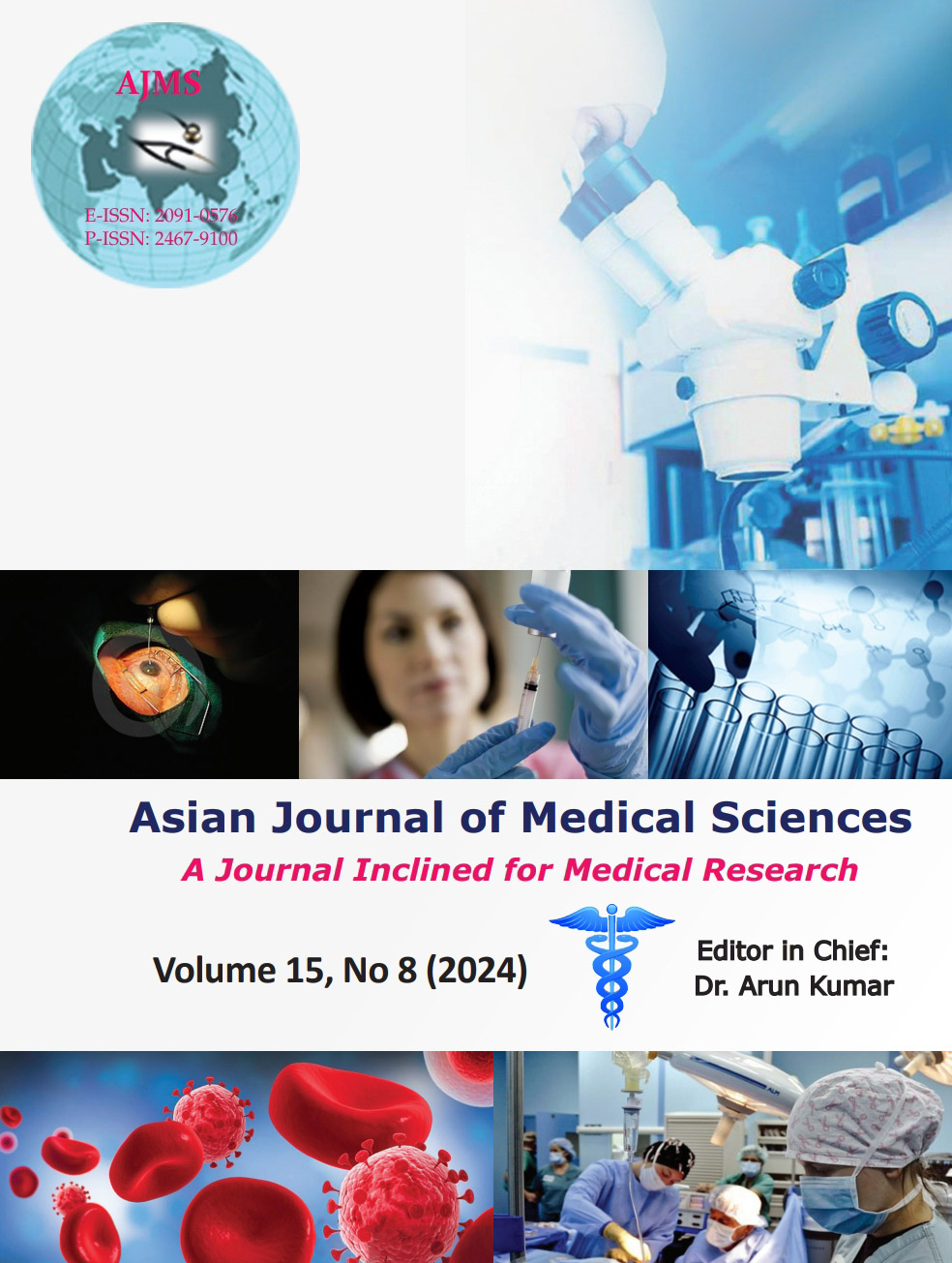A comparative study of ultrasonography versus peripheral nerve stimulator-guided obturator nerve block for transurethral resection of bladder tumor under spinal anesthesia
Keywords:
Obturator nerve; Transurethral resection of bladder tumor; Spinal anesthesia; Peripheral nerve stimulator; UltrasonographyAbstract
Background: Transurethral resection of bladder tumor (TURBT) is usually done spinal anesthesia but it does not prevent the obturator reflex leading to bladder perforation, bleeding, or incompletely resection of resection of the tumor which could be prevented by obturator nerve block (ONB) in TURBT.
Aims and Objectives: The aim of our study is to compare the effectiveness of ONB by peripheral nerve stimulator (PNS) and ultrasonography (USG) in TURBT and also compare morbidity between USG- and PNS-guided ONB in TURBT under spinal anesthesia.
Materials and Methods: Sixty patients were randomly divided into two groups. Group (1) patients had a PNS-guided ONB and Group (2) patients had ONB-guided ONB. The presence or absence of adductor muscles reflexes was recorded. Bladder perforation and bleeding during surgery were also recorded.
Results: A success rate of 90% was achieved in the Group (2) compared to 66% in Group (1) which was clinically significant with P=0.049. Complete bladder perforation was detected in four patients in Group (1) whereas no perforation was observed in Group (2). Bleeding was observed in both groups but severe bleeding was present in five patients in Group (1) and required a blood transfusion.
Conclusion: We concluded that USG-guided ONB is more efficient and safer as compared to PNS-guided ONB.
Downloads
Downloads
Published
How to Cite
Issue
Section
License
Copyright (c) 2024 Asian Journal of Medical Sciences

This work is licensed under a Creative Commons Attribution-NonCommercial 4.0 International License.
Authors who publish with this journal agree to the following terms:
- The journal holds copyright and publishes the work under a Creative Commons CC-BY-NC license that permits use, distribution and reprduction in any medium, provided the original work is properly cited and is not used for commercial purposes. The journal should be recognised as the original publisher of this work.
- Authors are able to enter into separate, additional contractual arrangements for the non-exclusive distribution of the journal's published version of the work (e.g., post it to an institutional repository or publish it in a book), with an acknowledgement of its initial publication in this journal.
- Authors are permitted and encouraged to post their work online (e.g., in institutional repositories or on their website) prior to and during the submission process, as it can lead to productive exchanges, as well as earlier and greater citation of published work (See The Effect of Open Access).




